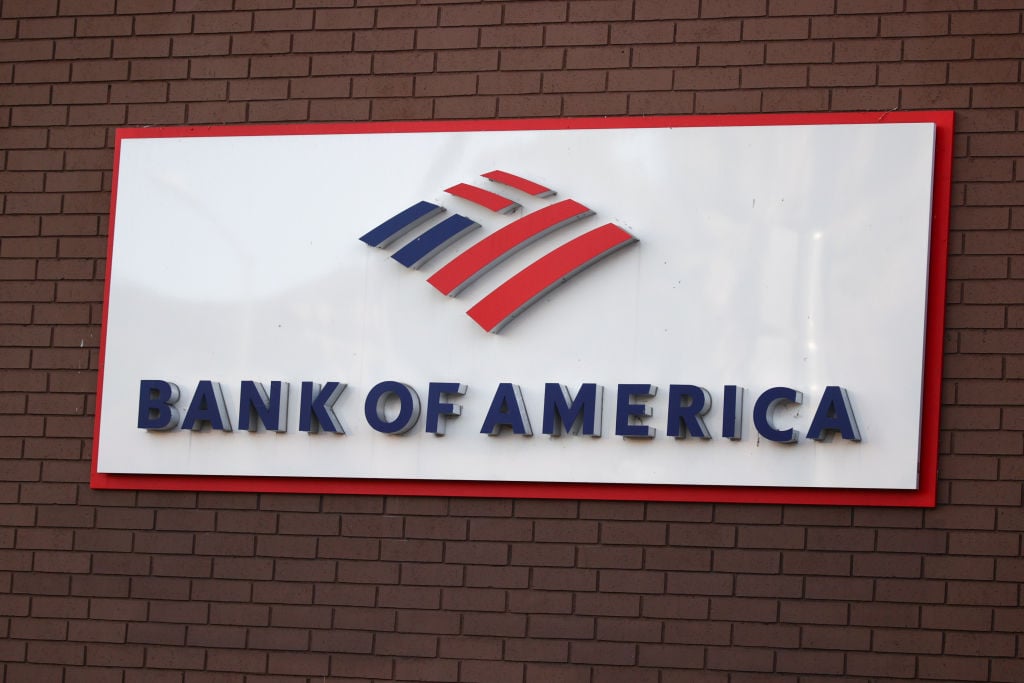
Legendary Wachovia CEO John Medlin described a successful bank as a three-legged stool. First was credit quality, second was profitability, and third was growth. A bank needs all three to survive, and today, we're going to talk about growth.
5 banks that stand out from the crowd
According to a sample of 65 of the largest U.S. banks, the average U.S. bank has grown revenue 4.88% over the past 12 months ending Sept. 30. Revenue includes income from lending as well as non-interest income from services such as wealth management, treasury services, or account management.
Sitting squarely at the average is the megainstitution Bank of America (BAC +0.16%). According to data from S&P Capital IQ, the bank grew its income streams by 4.87% over the trailing-12-month period. For a bank in Bank of America's position, that growth is not unreasonable.
In fact, in the grand scheme of things, that's pretty good for B of A. The bank is actively trying to unwind the loss-generating legacy businesses of the mid-2000s and to evolve the firm into a more streamlined, simple, and efficient operation going forward. Unwinding those businesses, which is a great move for both profitability and risk management, also means closing those revenue streams.
Other banks, though, are unburdened with these constraints. These fortunate few can aggressively seek out growth organically or via acquisition. So without further ado, here are five of the fastest growing large U.S. banks, in order of revenue growth rate:
| Bank | LTM Total Revenues, 1-Year Growth % |
|---|---|
| Umpqua Holdings Corporation (UMPQ +0.00%) | 48.83% |
| First Bancorp (FBP 0.84%) | 36.08% |
| Prosperity Bancshares (PB 1.21%) | 35.66% |
| Investors Bancorp (ISBC +0.00%) | 30.97% |
| Signature Bank (SBNY +0.00%) | 24.84% |
Source: S&P Capital IQ
These staggering growth rates were achieved through a variety of means.
Signature Bank, as an example, can attribute its growth to exceptionally strong organic growth in its loan portfolio and private client group division. Strong customer service really does yield results.
Umpqua Holdings, on the other hand, can attribute its eye-popping growth to the acquisition of Sterling Financial earlier this year. That transaction nearly doubled the bank's asset base from $11.6 billion at Sept. 30, 2013, to $22.5 billion at Sept. 30, 2014.
A word of caution on growth
Growth is great, as long as it does not come at the expense of either profitability or credit quality.
Medlin, who led Wachovia through its golden era in the late 1970s through early 1990s, always cautioned subordinates that while credit quality, profitability, and growth were a three-legged stool, the most critical of the legs is credit quality.
As bank investors, we should heed his warning. A bank that grows at the expense of credit quality will invariably give back any short-term profits when poorly underwritten loans default in the future. Banks will always reap what they sow.
The best banks will find growth through superior service and competitive products and services, not chasing every loan that comes through the door. The key to a great bank stock is discipline, efficiency, and prudent growth -- not all that different from building your own retirement nest egg.








